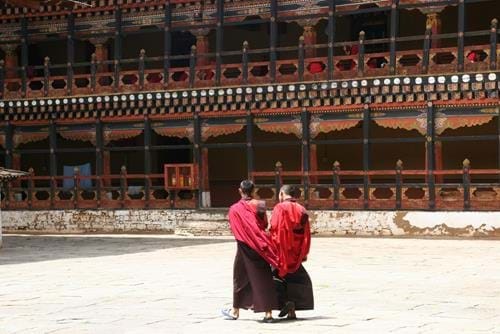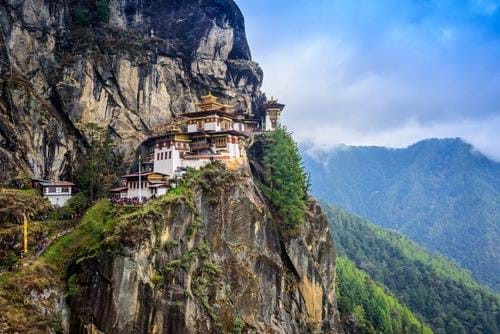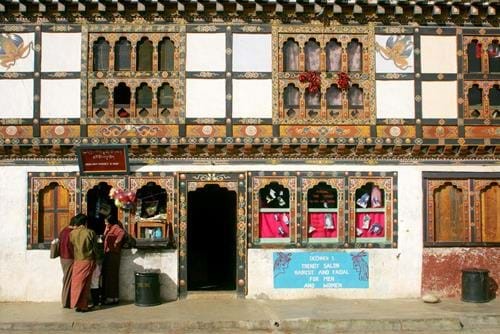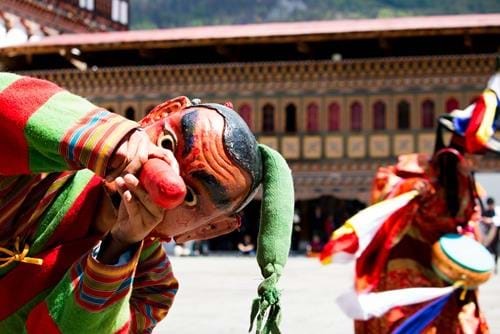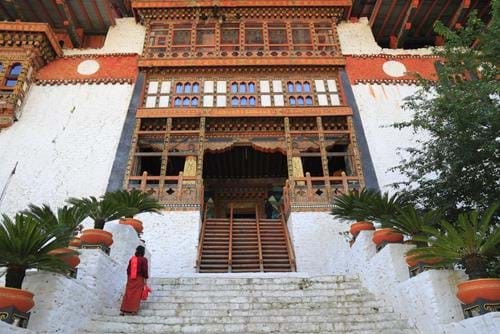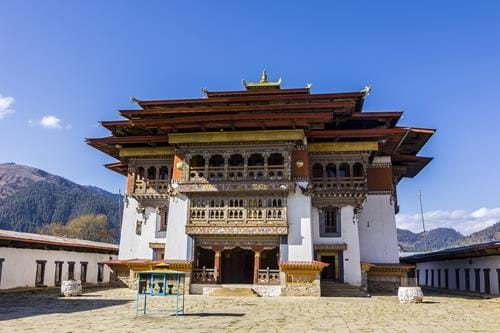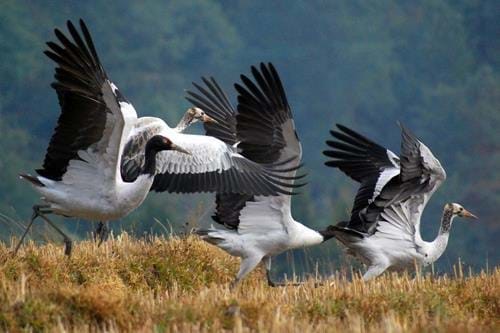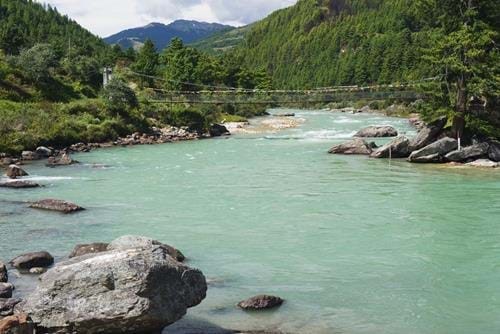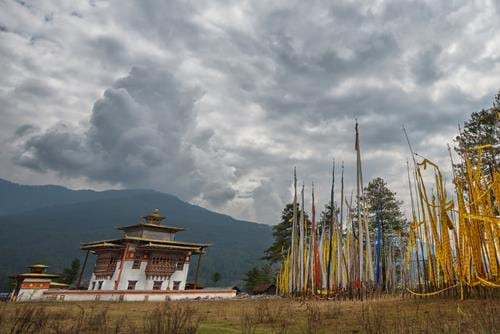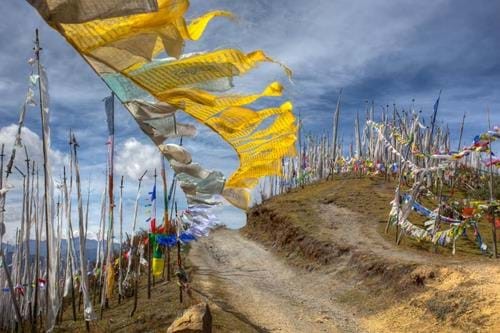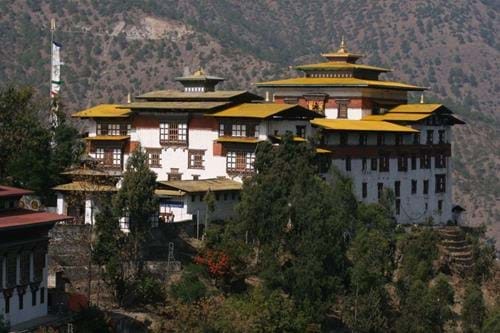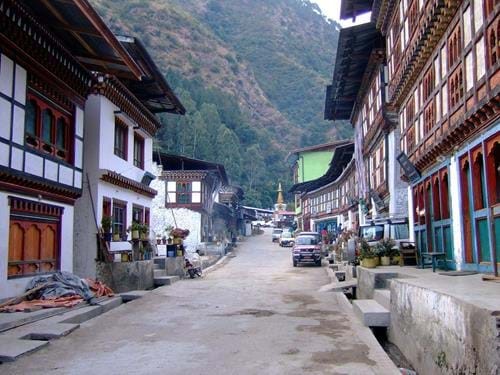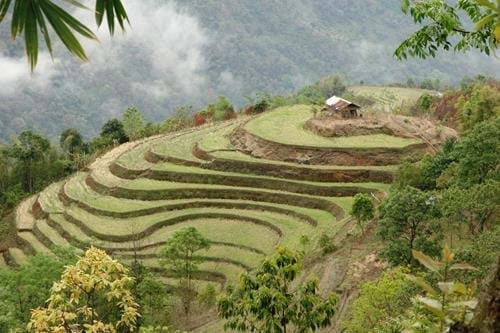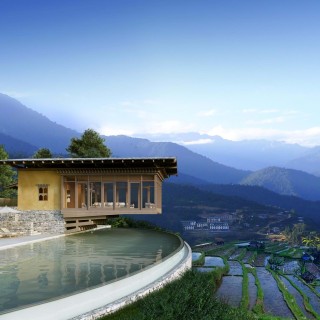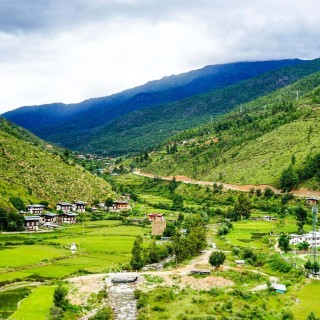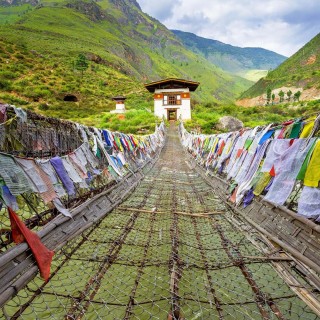Tailor-Made Tour
- Duration17 Days
- Prices From £ 8125
 Places Visited :
Delhi, Paro, Thimphu, Punakha, Gangtey, Bumthang, Trashigang, Guwahati
Places Visited :
Delhi, Paro, Thimphu, Punakha, Gangtey, Bumthang, Trashigang, Guwahati
Explore the more remote, rural east of the country on this two-week tour starting in Delhi. Grandiose, forested valleys ringed by shining ice peaks, pretty, typically Bhutanese farmsteads, and the most spectacular dzongs in the country provide ample incentive to make the journey east, which crosses the highest motorable road in the region to reach a corner of the Himalayas visited by few outsiders.
Remember, this trip can be personalised to suit your travel needs - we can tailor everything from hotel, travel type, duration and more.

